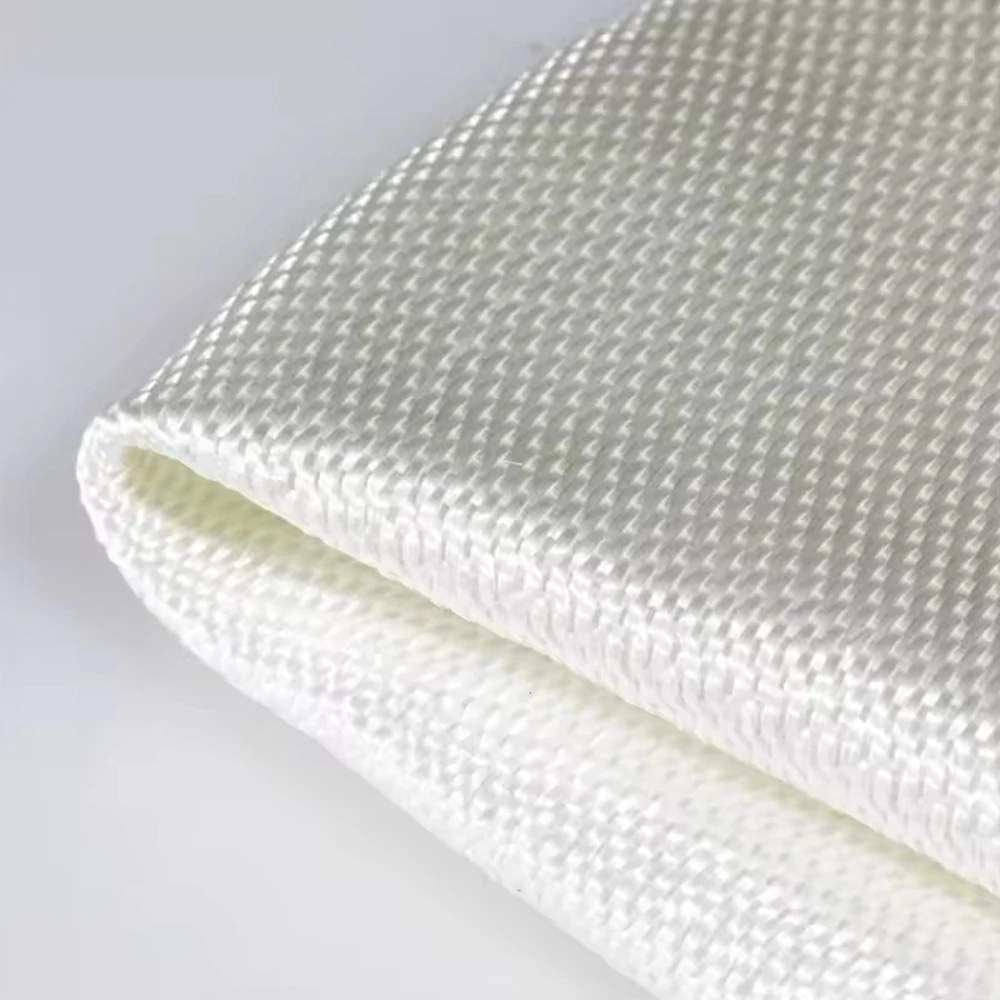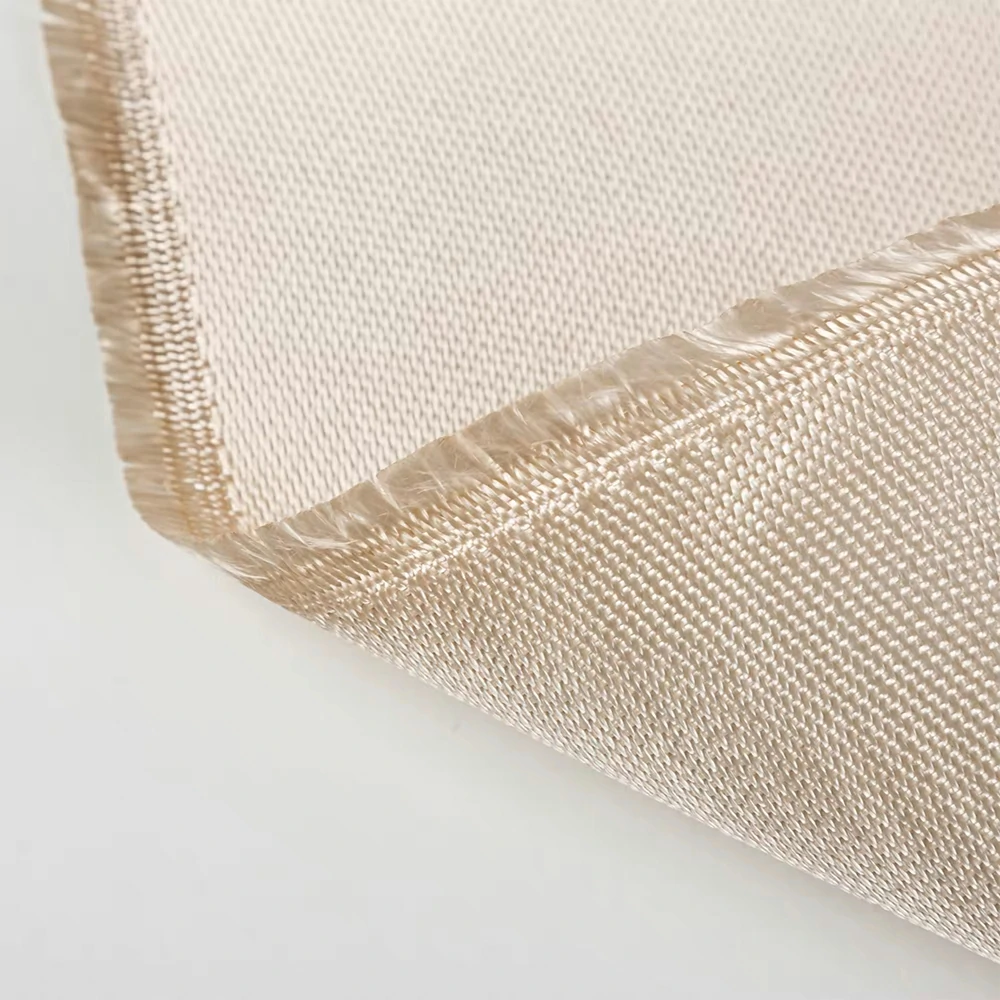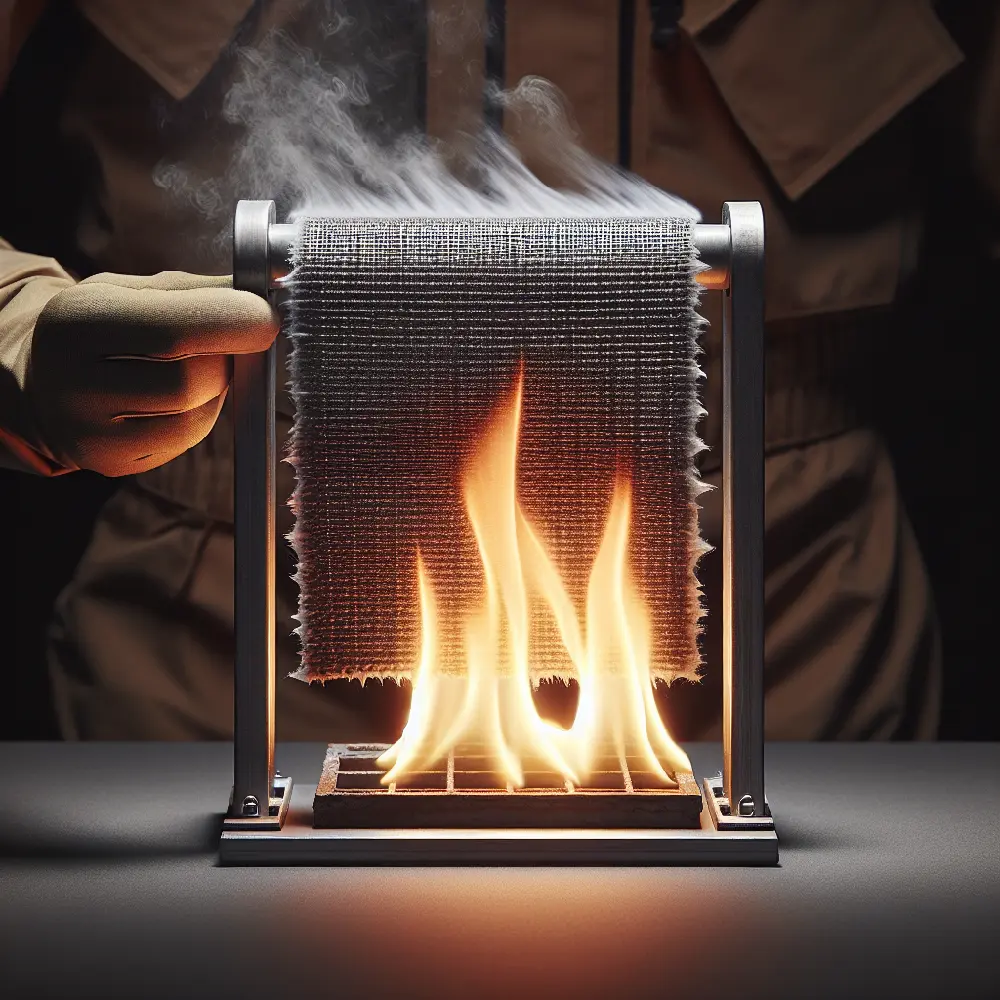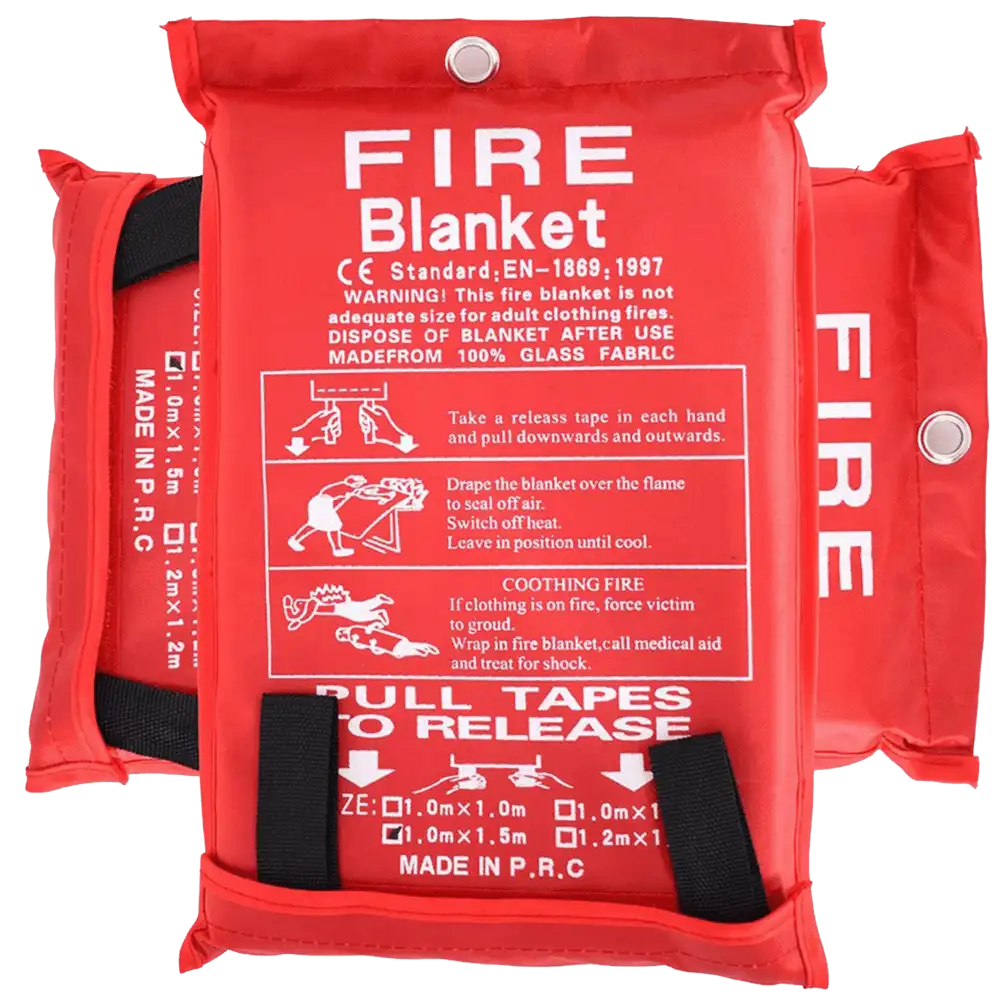
Regarding insulation fabrics, two materials stand out for their remarkable properties: silica fiber and fiberglass. These fiber-reinforced textiles consist of thin strands carefully woven into composite materials with high mechanical strength and resistance to extreme temperatures. This article will delve into silica fiber and fiberglass, exploring their unique characteristics, applications, and the benefits they offer in various industries.

Silica fabric, made from high-silica content fibers, is a versatile material that excels in high-temperature applications. With exceptional thermal resistance, it can withstand extreme temperatures without compromising its structural integrity. Silica fabric finds extensive use in industries such as aerospace, metallurgy, and power generation, where it acts as a barrier against intense heat and thermal radiation. Its remarkable properties make it a go-to choice for applications requiring high tensile strength and resistance to high temperatures.

Glass fiber, commonly known as fiberglass, is a widely recognized material for its strength and versatility. Composed of fine strands of glass, fiberglass offers excellent mechanical properties, making it an ideal candidate for reinforcement in composite materials. Its lightweight nature and high tensile strength make fiberglass a preferred choice in automotive, construction, and marine industries, where durability and flexibility are essential. Furthermore, fiberglass offers exceptional electrical insulation properties, adding another utility layer to its already impressive repertoire.
In insulation fabrics, silica fiber and fiberglass shine as outstanding contenders. Silica fiber's ability to withstand high temperatures and provide high tensile strength makes it an invaluable resource for industries operating in extreme heat environments. Meanwhile, fiberglass's versatility, lightweight nature, and compatibility with composites make it a go-to choice for various applications. By understanding the unique strengths of these materials and exploring new possibilities through innovation, professionals like us can continue to provide cutting-edge solutions to meet the ever-evolving needs of industries worldwide.
Heaterk is a professional manufacturer of insulating fabrics. We use high silica fabrics made of high-silica fibers and silicone rubber coatings that are compounded with glass fiber fabrics made of glass fibers through a silicone coating process. Fiberglass fabrics have been widely used in insulation fields such as welding, construction, and steam insulation. Please contact Heaterk's team, or visit our Product Center to learn more about silica fabrics and related products.
 Understanding Fiberglass: Fire Safety and Heat Resistance
Understanding Fiberglass: Fire Safety and Heat Resistance
 Top 5 Heat-Resistant Wonders: How High Silica Fiberglass Fabric Excels in Extreme Temperatures!
Top 5 Heat-Resistant Wonders: How High Silica Fiberglass Fabric Excels in Extreme Temperatures!
 Is Kevlar Fireproof? Unveiling the Truth Behind Kevlar's Flame Resistance
Is Kevlar Fireproof? Unveiling the Truth Behind Kevlar's Flame Resistance
 Do Fire Blankets Work? Understanding Their Functionality and Benefits
Do Fire Blankets Work? Understanding Their Functionality and Benefits